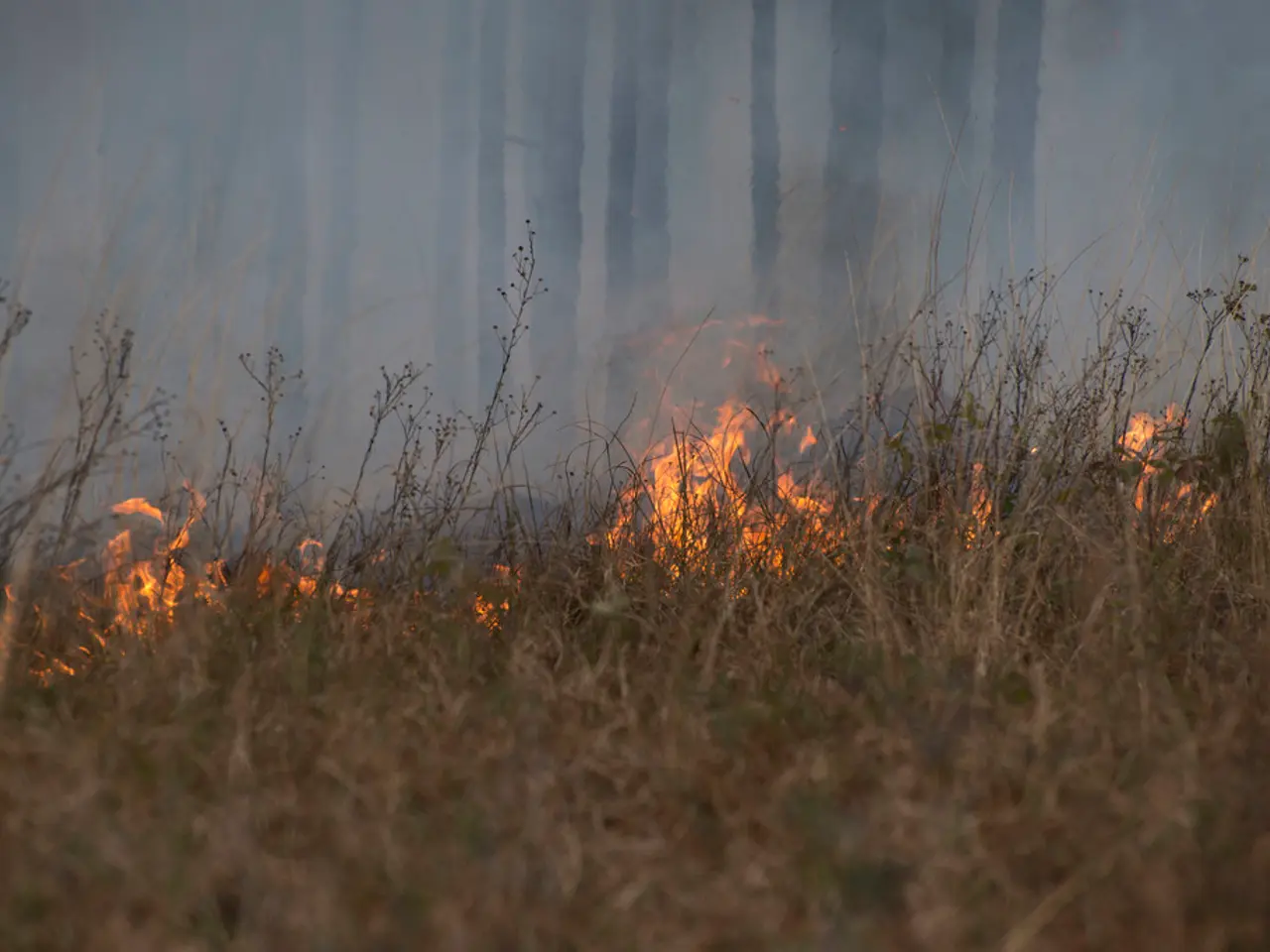Immense bolt of lightning recorded in 2017 storm has been verified as a record-breaker
Record-Breaking 515-Mile Lightning Bolt Detected in 2017
In October 2017, a remarkable event occurred in the skies over the United States. A lightning bolt, later identified as the longest ever recorded, stretched from eastern Texas to Kansas City, Missouri. This megaflash, as it was termed, was not initially reported but was later detected using advanced equipment and satellite technologies.
The megaflash on Oct, 22, 2017, was a rare occurrence. It was generated by a combination of moisture from the Gulf and abnormal fall heat, occurring in a system of strong storms. Megaflashes, which are long chains of lightning, have only been under closer research in the last 10 years.
The World Meteorological Organization (WMO) confirmed the existence of this record-breaking lightning bolt. The verification was done through a reanalysis using advanced equipment, such as geostationary lightning mappers aboard satellites like NOAA's GOES-16. These satellites continuously monitor lightning at millisecond accuracy and can map flashes at continental scales.
The lightning flash lasted just over 7 seconds. It travelled an astonishing 515 miles, surpassing the previous record by 38 miles. Such megaflashes are rare, occurring in less than 1% of storms, and typically arise from long-lasting and massive thunderstorms.
The WMO recognized the record-breaking length of the October 2017 lightning bolt in a recent press release. The journal article about this event can be accessed online on the American Meteorological Society Bulletin Board. This event exemplifies the scientific progress in measuring and understanding extreme lightning phenomena globally through space-based monitoring.
Scientists can now identify when large amounts of small bolts of lightning hitting the ground are coming from one large upper-level bolt, like the one studied in the 2017 storm. This discovery not only broadens our understanding of extreme weather events but also paves the way for more accurate predictions and mitigation strategies in the future.
Environmental scientists studying the record-breaking 517-mile lightning bolt in 2017 discovered that such megaflashes are usually linked to a combination of moisture, abnormal fall heat, and powerful storm systems. This revelation not only extends our knowledge about extreme weather events but also aids in predicting and mitigating future occurrences by understanding the underlying science behind these phenomena.








